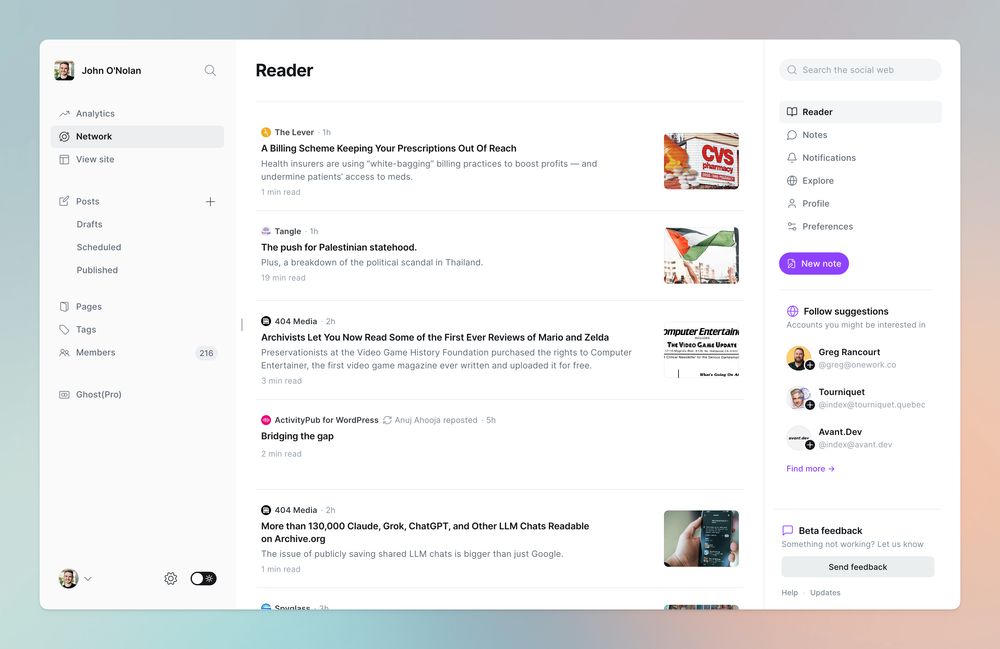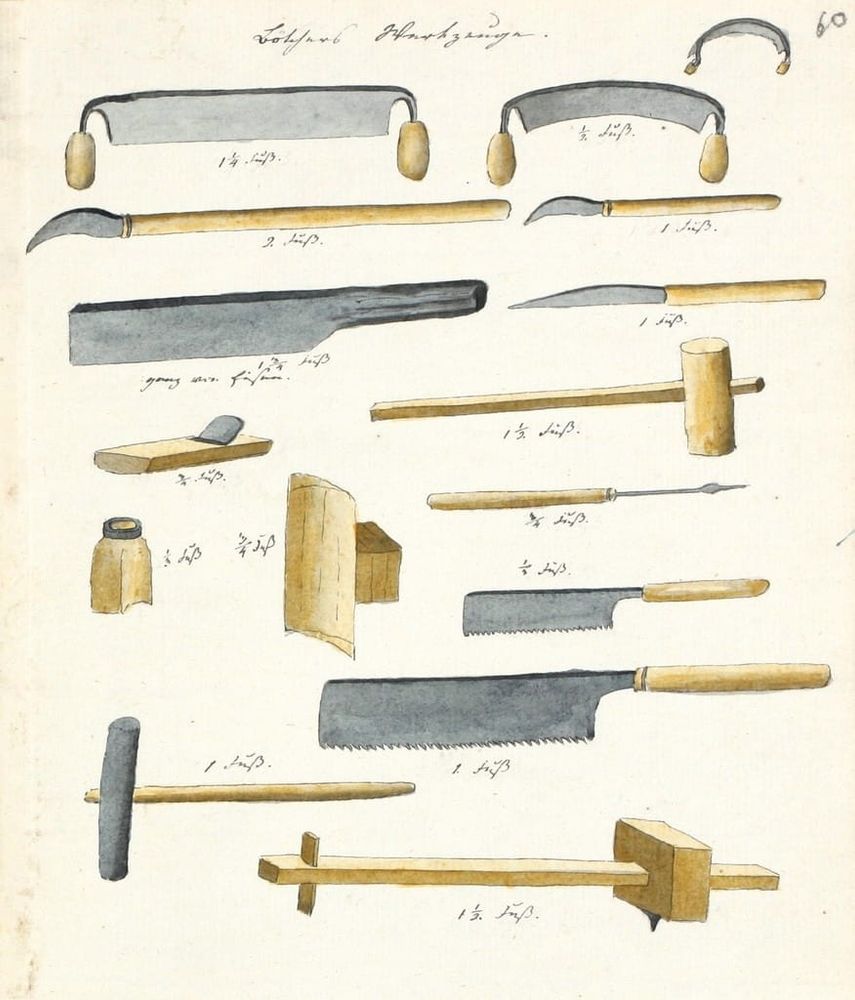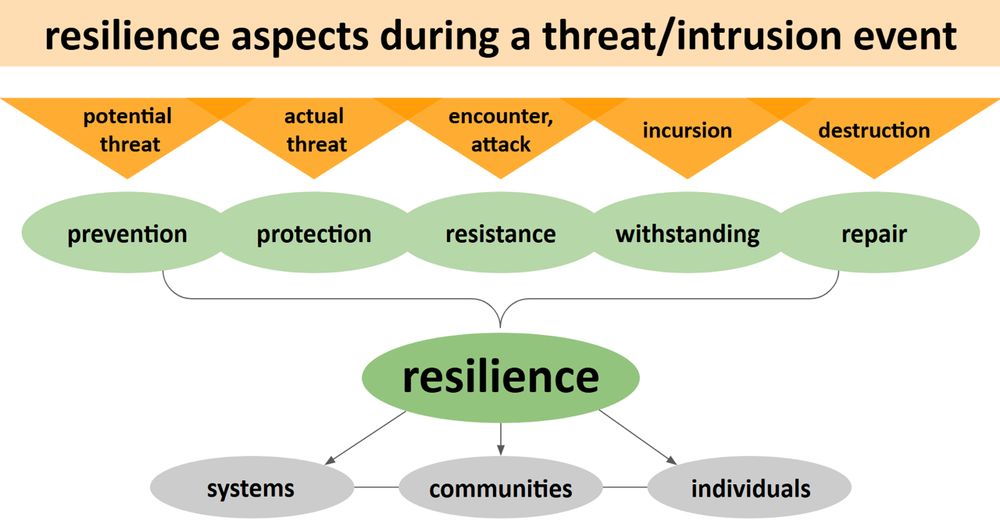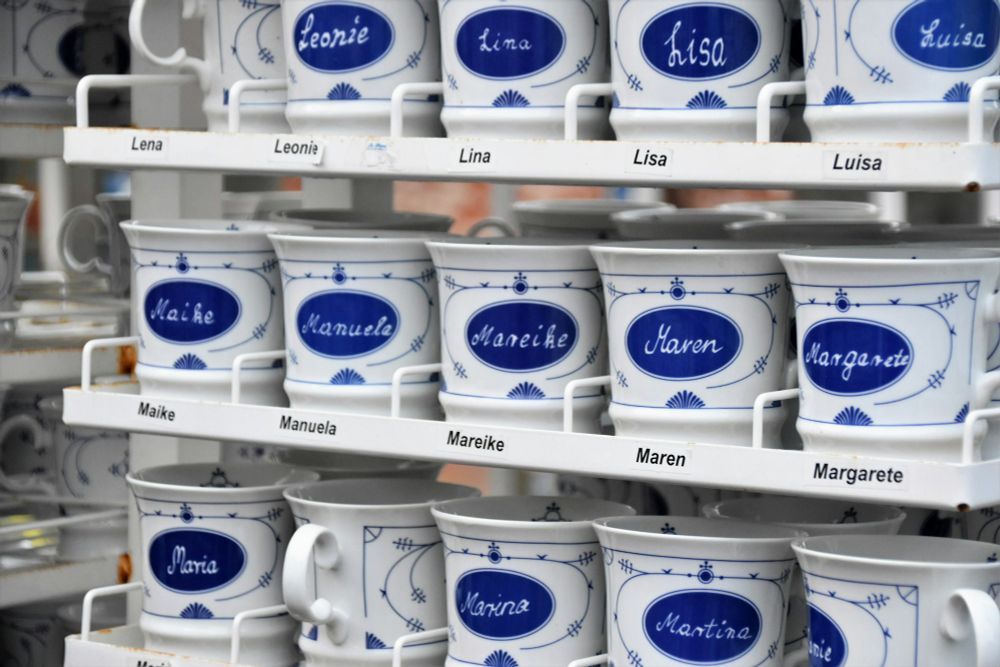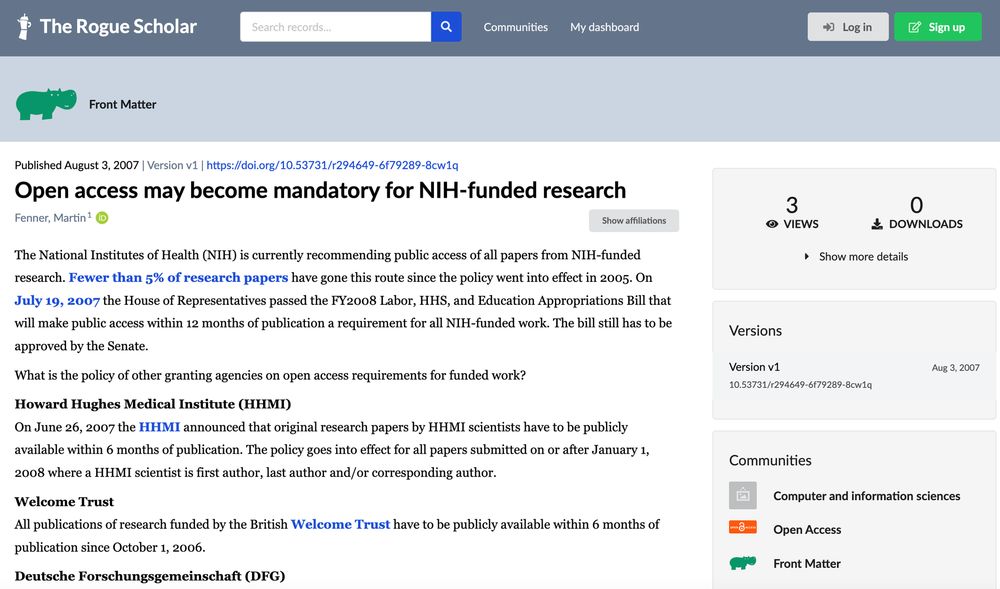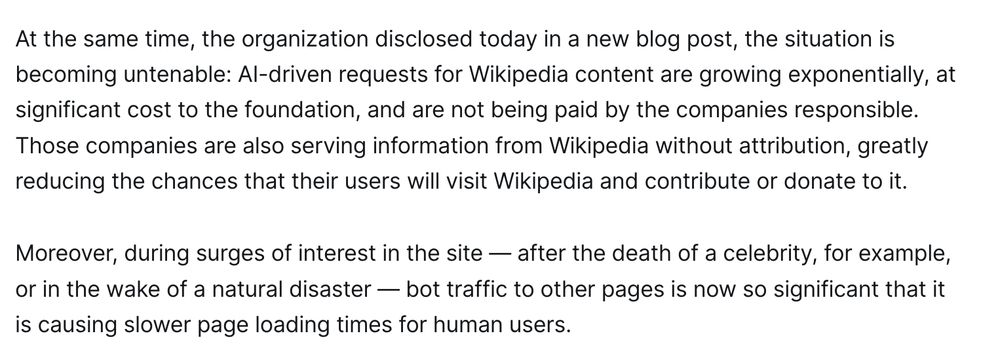
DOI registration workflow for a science blog (version 2)
_This post is an updated version of the_ _DOI registration workflow for a science blog_ _post I published in September 2023. It reflects the best practices used by the Rogue Scholar science blog archive and contains one important announcement._
In previous blog posts such as the one published earlier, I discussed the various elements involved in registering a DOI for a science blog post. Briefly, the Rogue Scholar service takes advantage of the fact that blogs
* use RSS feeds (or the Atom or JSON Feed format) and/or JSON APIs to distribute content and metadata at the time of publication,
* these feeds contain the most important metadata needed for publication – such as title, authors, publication date, and
* addition metadata (such as abstract and references) can be automatically extracted from the full-text content included in the feed.
DOI registration itself has technical (generating metadata that conforms to a specific schema) and business (membership in a DOI registration agency such as Crossref) requirements that are not trivial, so ideally and unless the blog is publishing a lot of content similar to a journal, it is handled by a dedicated service — Rogue Scholar.
This basic workflow can be optimized in many ways, such as including funding information, but one fundamental issue remains to be solved: how does the blog learn about the DOI registered for a new post and automatically add it to the blog?
There are two basic approaches: a) generate a random DOI and communicate this back to the blog, or b) let the blog pick the DOI, following some basic rules. Most importantly that the DOI is unique, but ideally is a relatively short string without special characters that can easily copy/pasted, and that the DOI is opaque, i.e. contains no meaning that becomes problematic over time.
Before January 2025, Rogue Scholar was using the first workflow, i.e. generate a random DOI and communicate this back to the blog via the Rogue Scholar API and website.
## Canonical URL
As much as possible Rogue Scholar takes advantage of technologies that have existed for a long time and are not specific to scholarly content. That's why the service works with existing blogs that use standard blogging software - currently eleven different platforms, the most popular being Wordpress, Blogger, and Hugo.
These platforms don't know about DOIs without extra work, but they all know about a similar concept: canonical URLs. Wikipedia explains:
> A **canonical link element** is an HTML element that helps webmasters prevent duplicate content issues in search engine optimization by specifying the "canonical" or "preferred" version of a web page. It is described in RFC 6596, which went live in April 2012.
The problem canonical URLs are addressing is duplicate content at different locations that can confuse search engines such as Google or Bing. This is related to the problem persistent identifiers such as DOIs are addressing for the scholarly community: accessing content over long periods of time that may change its location on the web (its URL), with two inter-related strategies:
* **URL redirection**. DOIs redirect to a target URL that can be changed by the publisher,
* **Persistence**. The publisher of scholarly content makes an extra effort to make sure content doesn't disappear (link rot), or significantly change (content drift).
Obviously, canonical URLs are not DOIs, but they provide a standard way for a science blog to add a DOI to a post.
## Backends
Science blogs provide a backend to store content and metadata, including the canonical URL. This can either be a database (as in the case of Wordpress or Ghost) or a file (as in the case of Hugo and many other static site generators).
### Wordpress
Wordpress doesn't know about canonical URLs out of the box, but they can be added via a plugin, the most popular for this being Yoast SEO (which comes in free and paid versions). After installing and activating the plugin you can add a canonical URL in a new Yoast SEO section of the post editor:
Alternatively, you can fiddle with your Wordpress configuration to add a custom field for the canonical URL.
### Ghost
The Ghost blogging platform has a canonical URL field for every post, which you can access from the post settings sidebar:
### Hugo
Hugo and other Open Source static site generators give you a lot of flexibility with metadata. If you add a `canonicalUrl` field to the blog post Front Matter, you can reuse it for the canonical URL (with some additional work).
The canonical URL or DOI is now stored with the blog post, but also exposed to web crawlers. The format is `<link rel="canonical" href="``https://doi.org/10.53731/gvb08-7kc16``">`.
## Frontends
To display the canonical URL aka DOI on your blog frontend, you have to modify your blog theme, the popular themes for Wordpress, Ghost, and Hugo don't really support displaying the canonical URL out of the box, as they are primarily intended for web crawlers and not humans.
You should follow the Crossref DOI display guidelines, when thinking about how to display the DOI for your blog post, i.e. always be displayed as a clickable full URL link. Rogue Scholar displays DOIs like this:
This blog (using the Ghost platform) displays DOIs like this in a sidebar:
## DOI registration workflow
The changes to the backend and frontend explained above are good enough for occasional blog posts or to get started with Rogue Scholar. After a blog post is published, Rogue Scholar will register a DOI within 20 minutes and show that DOI on the website or via API. You can then copy/paste that DOI into your new canonical URL field. A simple improvement would be notifications of new DOI registrations by email, similar to what Crossref is sending to Front Matter as the Crossref member:
<?xml version="1.0" encoding="UTF-8"?>
<doi_batch_diagnostic status="completed" sp="ds5">
<submission_id>1590342900</submission_id>
<batch_id>8a637b09-fda6-4980-baa1-147497683bd9</batch_id>
<record_diagnostic status="Success">
<doi>10.53731/w6nzs-jta75</doi>
<msg>Successfully added</msg>
<citations_diagnostic>
<citation key="ref1" status="resolved_reference">10.53731/gvb08-7kc16</citation>
<citation key="ref2" status="resolved_reference">Cite to nonCR doi: 10.5281/zenodo.1324300</citation>
<citation key="ref3" status="resolved_reference">10.1371/journal.pone.0115253</citation>
<citation key="ref4" status="resolved_reference">10.59350/p000s-pth40</citation>
<citation key="ref5" status="resolved_reference">10.53731/r79x921-97aq74v-ag5a2</citation>
</citations_diagnostic>
</record_diagnostic>
<batch_data>
<record_count>1</record_count>
<success_count>1</success_count>
<warning_count>0</warning_count>
<failure_count>0</failure_count>
</batch_data>
</doi_batch_diagnostic>
But maybe including a clickable link to the DOI just registered and some basic metadata that were registered (as it takes a few hours until the metadata show up in the Crossref REST API).
For blogs with a more frequent publication frequency (e.g. weekly or daily) this workflow should be automated. One important consideration is whether the blog should know the DOI that will be registered in advance, avoiding the round trip with Rogue Scholar and Crossref, and allowing customizations of the DOI name, such as `10.53731/front-matter.2023-09-19`. The biggest advantage would be that the DOI name can be shared in advance of publication, e.g. for press releases, or to reference in other content.
While these considerations are reasonable and not new for DOIs in general, for the science blog use case the workflow should be simple and I want to follow these principles:
* Rogue Scholar DOIs will be generated as a short random 10-character string upon DOI registration. Rogue Scholar users or staff can't modify the DOI names that will be generated. Rogue Scholar DOIs are cool DOIs.
* If you see a Rogue Scholar DOI, it can be used (immediately as a link, accessing the metadata after a few hours). Rogue Scholar is not offering DOIs that are not or not fully registered, i.e. DOIs for pending publications (Crossref) or draft DOIs (DataCite).
* DOI registration happens with the Rogue Scholar service talking to the Crossref API, participating blogs don't need to install or develop functionality to generate Crossref metadata and/or interact with the Crossref API.
While this workflow was a reasonable start, it was overly complicated and required an extra effort by the science blog. So in January 2025, Rogue Scholar started a new workflow:
If the blog generated the DOI string containing the same random 10-character string, and added this string to the RSS feed, Rogue Scholar would use that string for DOI registration. Ten blogs are already participating in that workflow and the experience the past three months has been very positive. As always, the devil is in the details, and on one occasion the checksum of the provided DOI string was not valid.
The limitation of this workflow is that it requires the blog to send the intended DOI string in the RSS feed. Which works nicely for static site generators, but for database-driven blogging platforms this may not possible. So this week Rogue Scholar is launching a new workflow.
### Generating DOI strings from the id/guid in the blog post feed
Blogging platforms that are not static site generators but database-driven use a unique identifier for blog posts provided by the database. This can be long and complicated, as is the case for Blogger, Substack, or Ghost, but in the case of Wordpress the **post_id** is a simple number that increases with every post. And the feed contains this `id/guid` together with the hostname of the blog as URL, e.g. `https://svpow.com/?p=23496`. Every blog in Rogue Scholar has a unique identifier, which is used internally and to identify the blog communities, typically based on the domain name, so the **Sauropod Vertebra Picture of the Week** (svpow) blog can be found here. The combination makes a relatively short, globally unique identifier that can be used for the DOI string: `https://doi.org/10.59350/svpow.23496`
Rogue Scholar added support for this DOI format for Wordpress blogs this week. This feature is currently in beta testing, please reach out if you want to be an early adopter. If there are no surprising issues, I expect this feature to roll out for all Rogue Scholar Wordpress blogs on May 15. And if your blog uses a static site generator (e.g. Hugo, Jekyll, or Quarto), you can also reach out if you want to pre-assign DOIs in the random format. They still made sense here, as static site generators don't automatically generate unique persistent IDs for posts (they generate permalinks, which depend on the configuration and may change over time).
## References
Fenner, M. (2023, September 22). DOI registration workflow for a science blog. _Front Matter_. https://doi.org/10.53731/w6nzs-jta75
Fenner, M. (2023, September 19). Streamlining the archiving of science blog posts. _Front Matter_. https://doi.org/10.53731/gvb08-7kc16
Fenner, M. (2025, January 16). Persistent identifiers, random strings, and checksums. _Front Matter_. https://doi.org/10.53731/6kfyy-nq280
